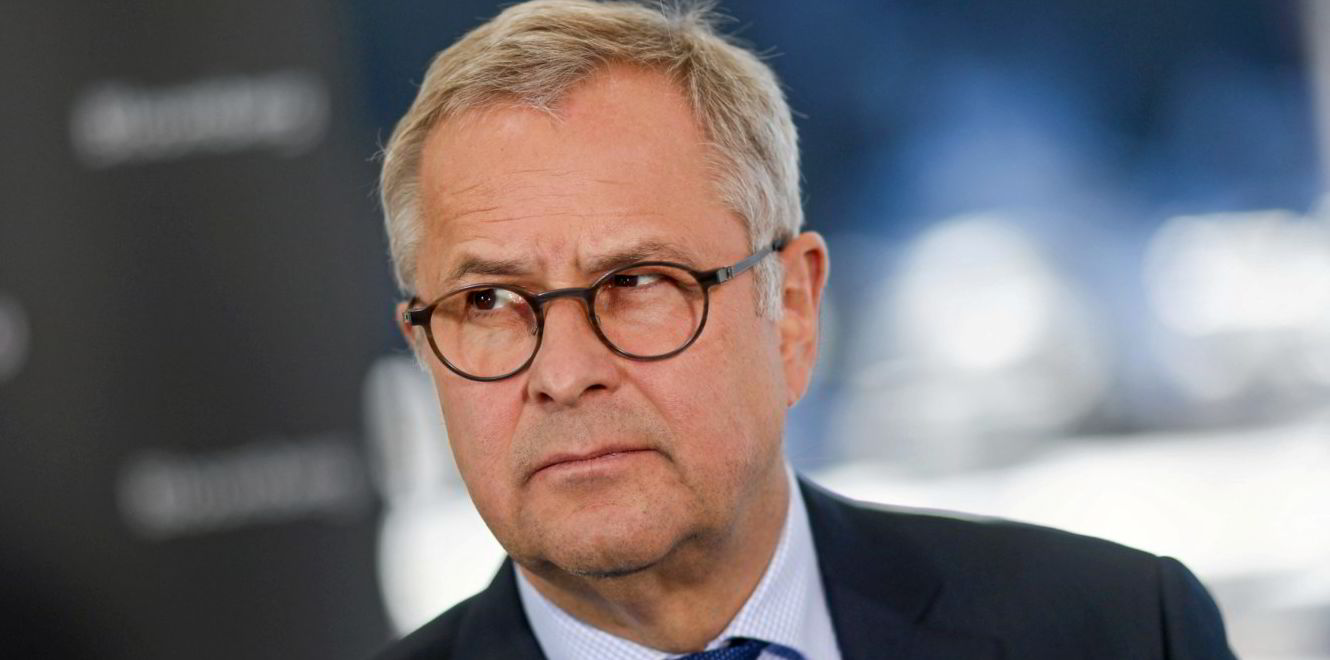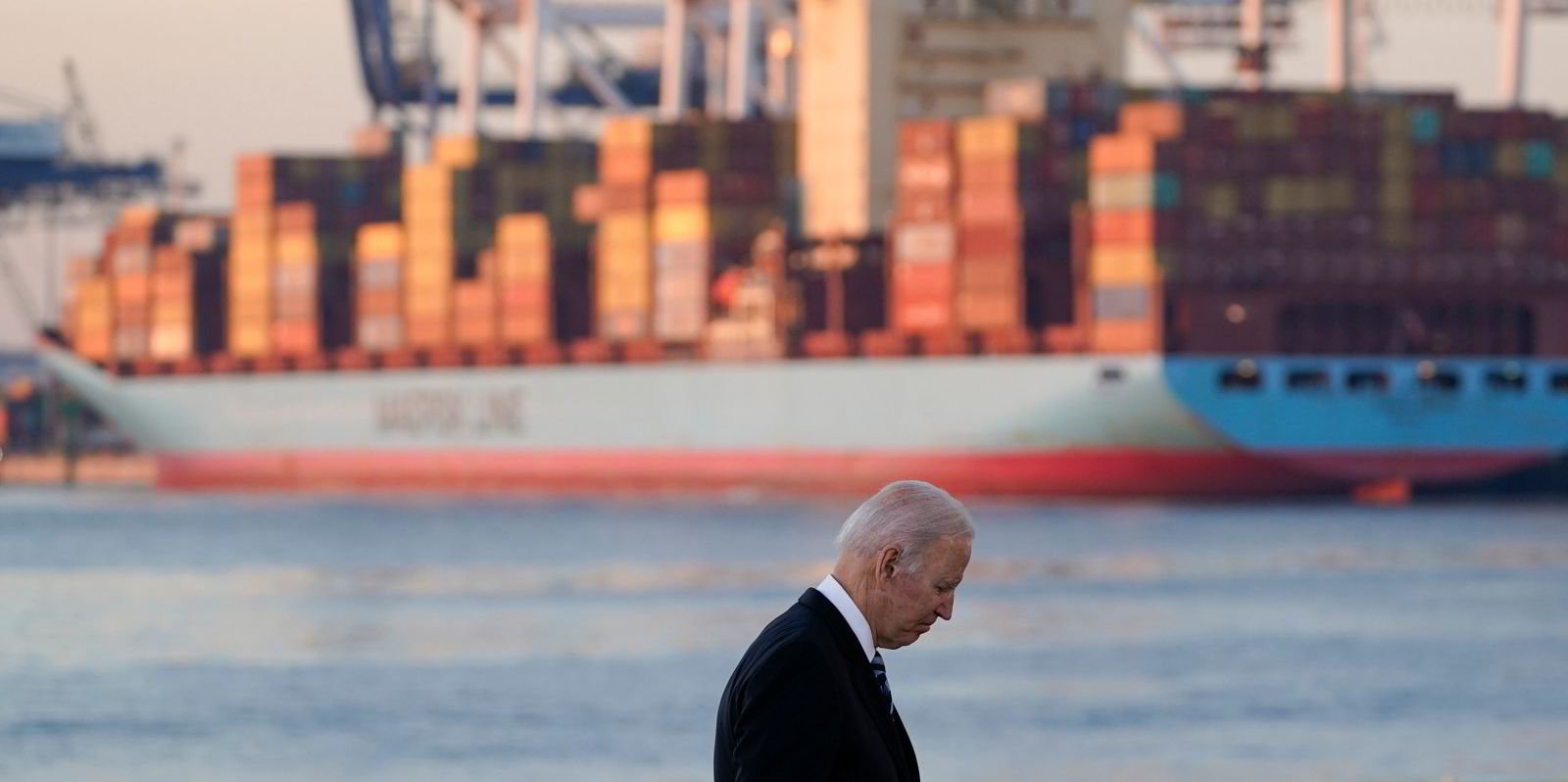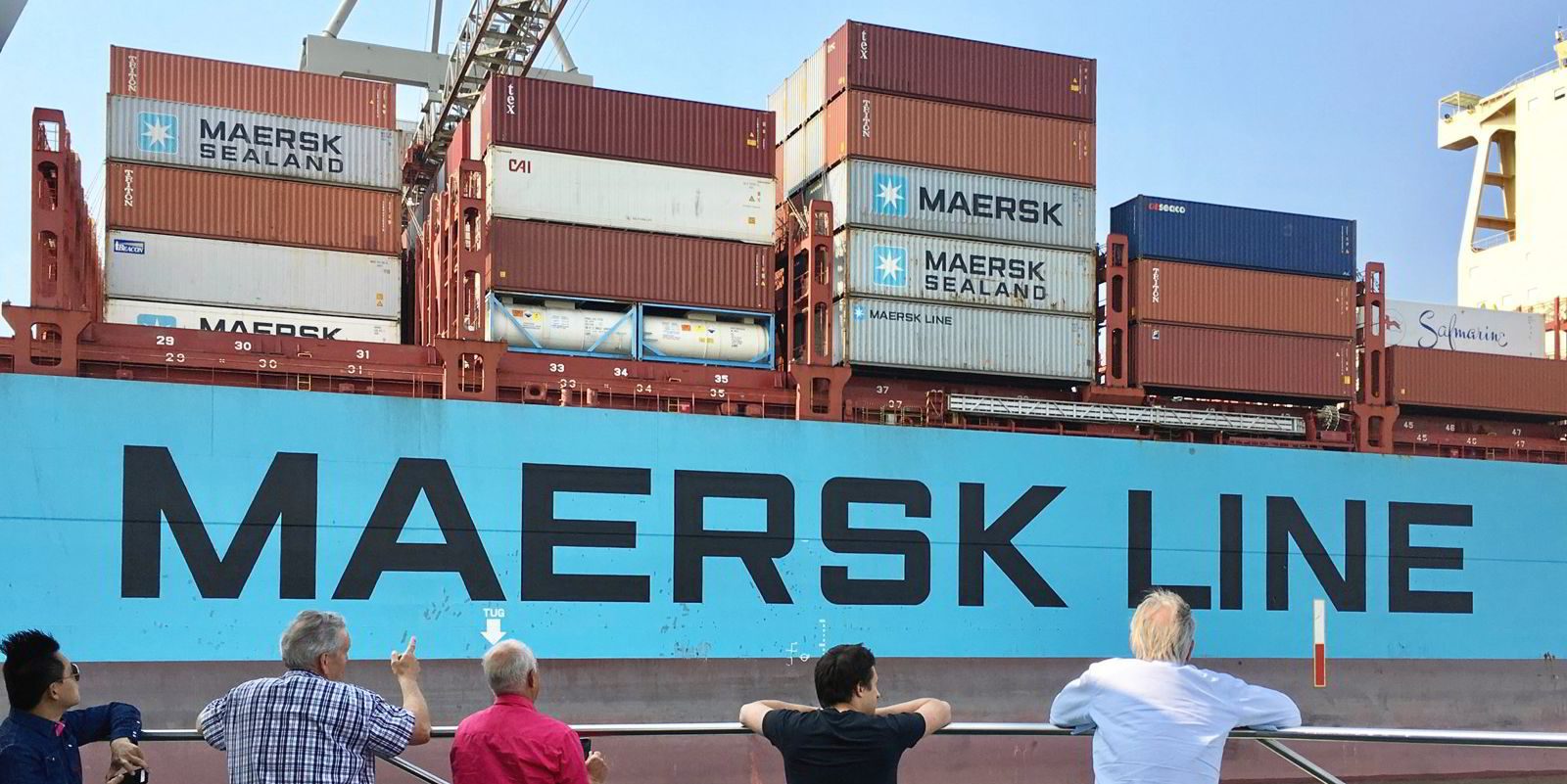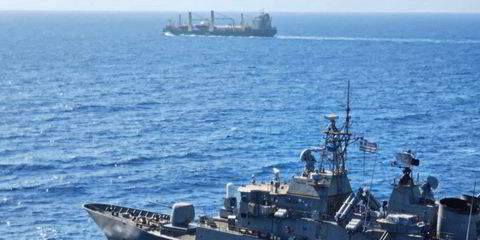Liner operators could make even more money next year than the record profits in excess of $100bn in 2021.
That is because shippers in the coming months will begin inking long-term contracts with carriers at freight rate levels much higher than previous years.
While attention in the year to date has focused on the booming spot market, shippers are increasingly looking to secure long-term freight contracts.
That is significant as contracts typically account for the lion's share or around two-thirds of volumes shipped by the world's leading carriers.
Spot rates peaked in October and had been expected to ease after the Chinese New Year in February.
The discovery of a new Covid variant casts doubt on that assumption, but it is unlikely to dent liner profitability.
That is because long-term contracts are witnessing their largest freight rate rises in history.
Long-term rates are up 121% year on year, following a 16.3% lift in November, the second-largest ever monthly rise on record, according to the Xeneta Shipping Index (XSI).
The rises come as efforts to renew contracts enter full swing, with large volume shippers entering into talks in the coming months aimed at securing shipping space in the coming years.
"Much higher contract rates being assigned currently for the duration of next year, sometimes also longer," said Peter Sand, chief analyst at Xeneta.
"This is likely to bring around even higher profits to the carrier in 2022 than what we have seen in 2021."

So even if spot rates fall significantly — and that remains to be seen — carriers will still benefit from improvement in long-term rates.
"For the next year, even though we're likely to see spot rates going down, we're likely to see contract rates two or three times the level than what they were signed last year," Sand said.
The shift towards longer contracts reflects a change in shippers' priorities as service reliability is valued above everything else.
Gaining space on ships appears to be a price for which many shippers are prepared to pay a premium.
"Pricing could be for the first time in history secondary to getting stability and predictability in their supply chains," Sand said.
Profits of $120bn
That points to another exceptionally profitable year in store for liner operators, over and beyond what has already been a record-breaking year.
Rising spot rates saw them make a whopping $80bn in operating profits, or Ebit, in the first nine months of the year, according to Danish analyst Sea-Intelligence (SeaIntel).
Lines made a record $37.2bn in the third quarter alone, compared to a combined 2010-2020 operating profit of $37.86bn.
"In short, the industry has doubled its operating profit in three quarters of 2021 compared to the entire 2010 to 2020. This is an unprecedented level of profitability," writes SeaIntel CEO Alan Murphy.
The 10 leading carriers could be on track to log operating profits of $115bn to $120bn for their shipping activities in 2021, according to Alphaliner estimates.
The figure excludes Mediterranean Shipping Co (MSC), which is privately owned and does not report financial figures.
But the estimate is still some six times above the amount recorded in 2020, while the emergence of Omicron could push forecasts even higher, says Alphaliner. Some liner analysts have forecast $150bn profit for the industry.
No end in sight
All major shipping corridors are reporting significant growth in long-term freight rates.
The XSI index reported significant gains in November across every single regional benchmark in Europe, the Far East and the US.
That comes as leading carriers report increasing volumes of long-term contracts.
AP Moller-Maersk CEO Soren Skou confirmed in early November that more than two-thirds of Maersk's long-haul volumes, or 7m 40-foot equivalent units, are now on long-term contracts. That is 50% higher than one year ago.
With all major shipping corridors experiencing significant growth in freight rates, carriers will continue to reap breathtaking financial rewards, said Patrik Berglund, CEO of Oslo-based Xeneta.
He blamed a "perfect storm" of high demand, maxed-out capacity, port congestion, changing consumer habits and general supply chain disruption.
This was "fuelling a rates explosion that, quite frankly, we’ve never seen the like of", he said.
"What's more, it's difficult to see a change of course ahead, with the fundamentals stacked very much in favour of the carrier community."
"What lies ahead is unclear," he said. "Only time will tell, but for now it's difficult to rule out further rates gains in the coming months."







